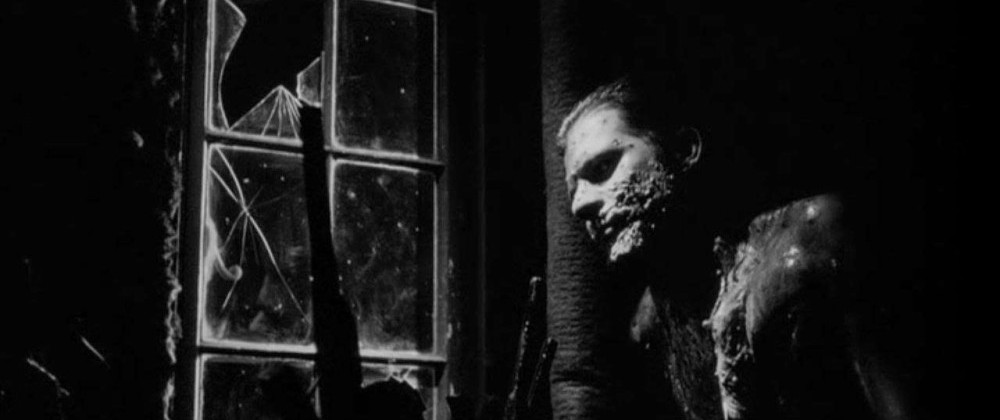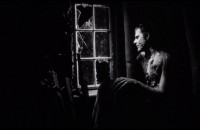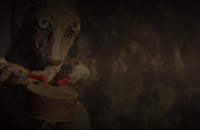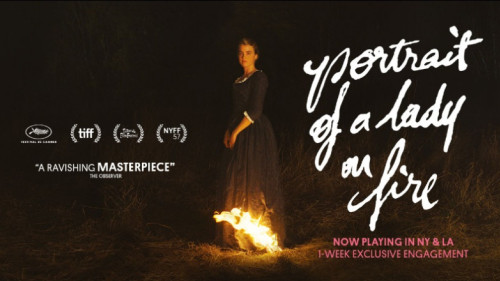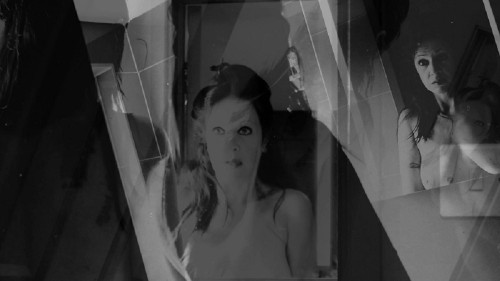Volume 25, Issue 6 / June 2021
Independent Cinema
In this issue
This issue is very loosely tied by a meaning of Independent Cinema which is evolving, one that includes conventional senses of the term, like David Lynch’s midnight classic Eraserhead, a film which started off as a school project at the AFI but stuttered over the finishing line many years later. Colin Arason revisits this timelessly weird film in his essay which looks at how the film evokes classic horror films such as The Exorcist and The Texas Chainsaw Massacre while decidedly not being a horror film. Also in a traditional sense of ‘independent’ is Chicago based filmmaker and teacher Michael G. Smith, who is interviewed about his work methodology by David Hanley. Digital cinema, the internet and especially the COVID-19 pandemic has changed the landscape of what can be considered independent. Where low budget and DYI filmmakers could once count on home video and online distribution as their space, the COVID-19 pandemic and shut down theatres forced Hollywood to pivot to online, creating a whole new online space for the ‘blockbuster’, making it that much harder for the smaller, independent films to stand out. One such film is the independently made Irish mood piece Caveat, reviewed here by Adeline Panamaroff. While the film has had a festival run it will be seen by many more viewers thanks to it being picked up by the excellent Shudder streaming service. My own article “Streaming Wars” is a direct result of the impact of the pandemic on online viewing habits and more directly, how streaming services have taken up the slack of closed theatres and have been more than happy to fill that void and in turn maybe change forever the future of how films are distributed and how and where they are screened. One of the things streaming and digital cinema has helped is making filmmaking a more democratic space for filmmakers who traditionally found it harder to break into the film industry, especially on a more commercially viable sense. Digital technology, with more affordable cameras and consumer level computer editing software has increased diversity in filmmaking. This is nowhere more in evidence than in the horror genre, where we are seeing far more films made by woman, BIPOC artists, gay and Native/Indigenous filmmakers than ever before. This is reflected in Brazilian scholar Natalia Christofoletti Barrenha’s essay “Hungry Final Girls: Brazilian Horror Films in the 21st Century”, which is a wonderful introduction for Offscreen readers (and North Americans) to female horror directors from Brazil. Her piece is an expansive overview of the films (mostly short length) of Brazilian directors such as Juliana Rojas, Marina Meliande, Anita Rocha da Silveira, Monica Demes, Hilda Lopes Pontes, Marja Calafange, Renata Pinheiro, and Gabriela Amaral Almeida. The films here also reflect an independent spirit as they are all made outside any major industry support. Collectively they received some element of public funding or support and in the case of the features, co-produced with Europe. Her essay demonstrates how horror continues to be a breeding ground (in the best sense!) for social and political engagement, and it is refreshing to see this from a Non-Western perspective. What makes her essay even more exciting is that Barrenha (approved by the filmmakers of course) has provided screening links to many of the films cited in her text, which I think are well worth watching for a fresh, female gaze on contemporary horror. Of the ones I have seen that are available as links, I especially recommend Handball, Doppelgänger, Stem, Tate Parade and The White Sheet. (Donato Totaro, ed.).

